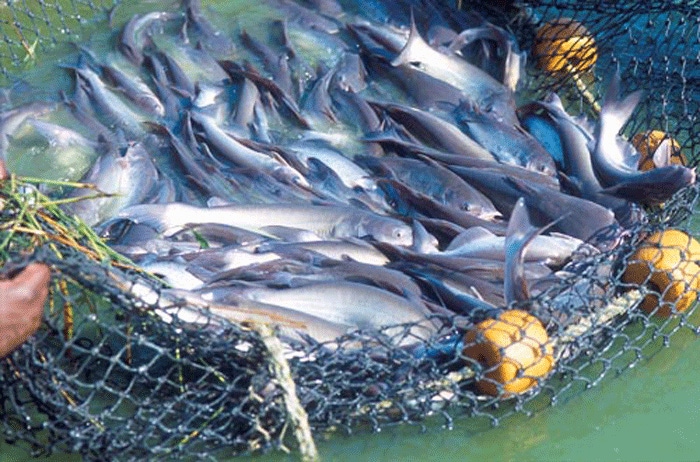July 1, 2011

The recent spike in wholesale and retail prices for farm-raised catfish from domestic producers is the result of a drop in production capacity that has transpired in recent years, according to those in the industry.
“We are encouraged by our Alabama catfish farmers who have persevered through tough economic times and now appear to be well positioned for the long-term,” says Commissioner John McMillan of the state Department of Agriculture & Industries.
While Alabama’s catfish farmers are at or near production levels of prior years, the same is not so for catfish farmers in other states in the Southeast, many of whom have shifted into grain or other agricultural production.
“Costs for fuel and feed are up substantially, which hurt catfish farmers,” explains McMillan. “However, those farmers still in the catfish business are benefitting from higher prices due to a drop in production.”
According to Randy Rhodes, president of Harvest Select Catfish of Uniontown, Ala., catfish farmers today get an average of $1.07 a pound versus $.65 a year ago. “It’s great for the catfish farmers who had been struggling but now are able to turn a profit,” says Rhodes. “This means higher prices for catfish in restaurants and in the grocery stores. But, our biggest problem is getting product.”
Rhodes, whose company has production facilities in Arkansas, Mississippi as well as Alabama, says the outlook is for a leveling out of catfish prices in the next two to three years. “Farmers will be in a better position because of it,” he adds.
Catfish production is on a two-year cycle, based on the time it takes for catfish to mature from fingerling to adult. With higher prices as an incentive to increase production, farmers may increase their output.
According to the U.S. Department of Agriculture, catfish pond acreage dropped by 9,000 acres in Mississippi and 6,000 acres in Arkansas between 2009 and 2010 while Alabama’s producing acres dipped only slightly by 600 acres to 19,200.
According to Mitt Walker, director of the Alabama Farmers Federation’s Catfish Division, nearly 200 Alabama farmers produce over 100 million pounds of farm-raised catfish per year.
Last year, Alabama catfish production brought in $107 million. Only Mississippi is larger with $217 million in 2010 catfish production. Together, both states account for more than 80 percent of America’s catfish production.
“Our marketing efforts have been successful in recent years as American consumers have been buying more and more domestic catfish,” Walker said. “That demand will level out a bit, but consumers across America continue to want our farm-raised catfish.”
You May Also Like




